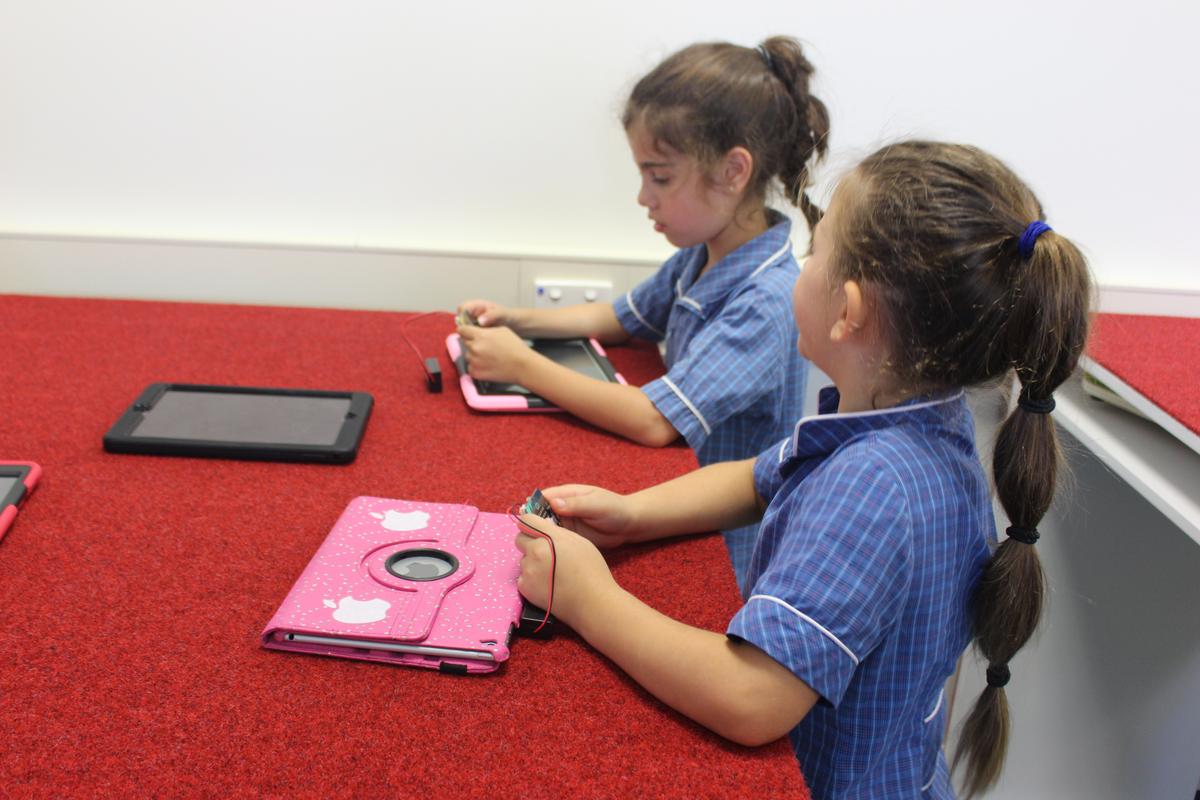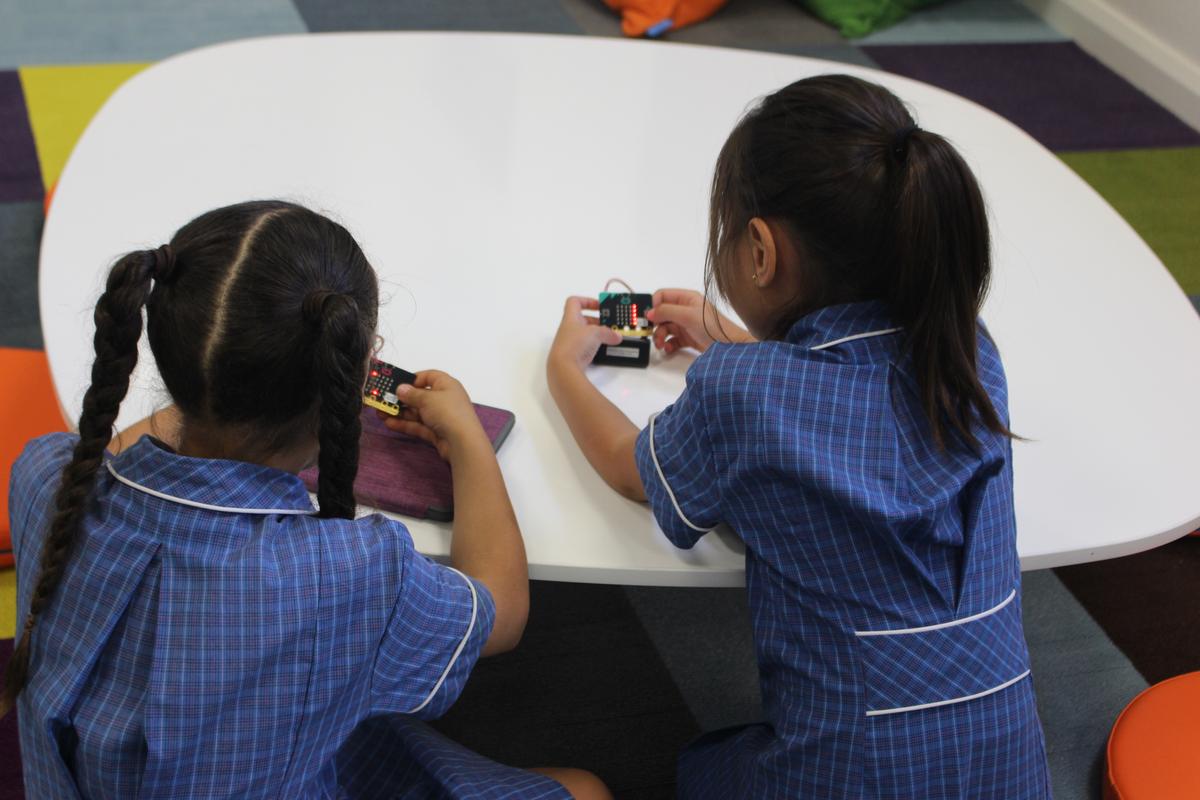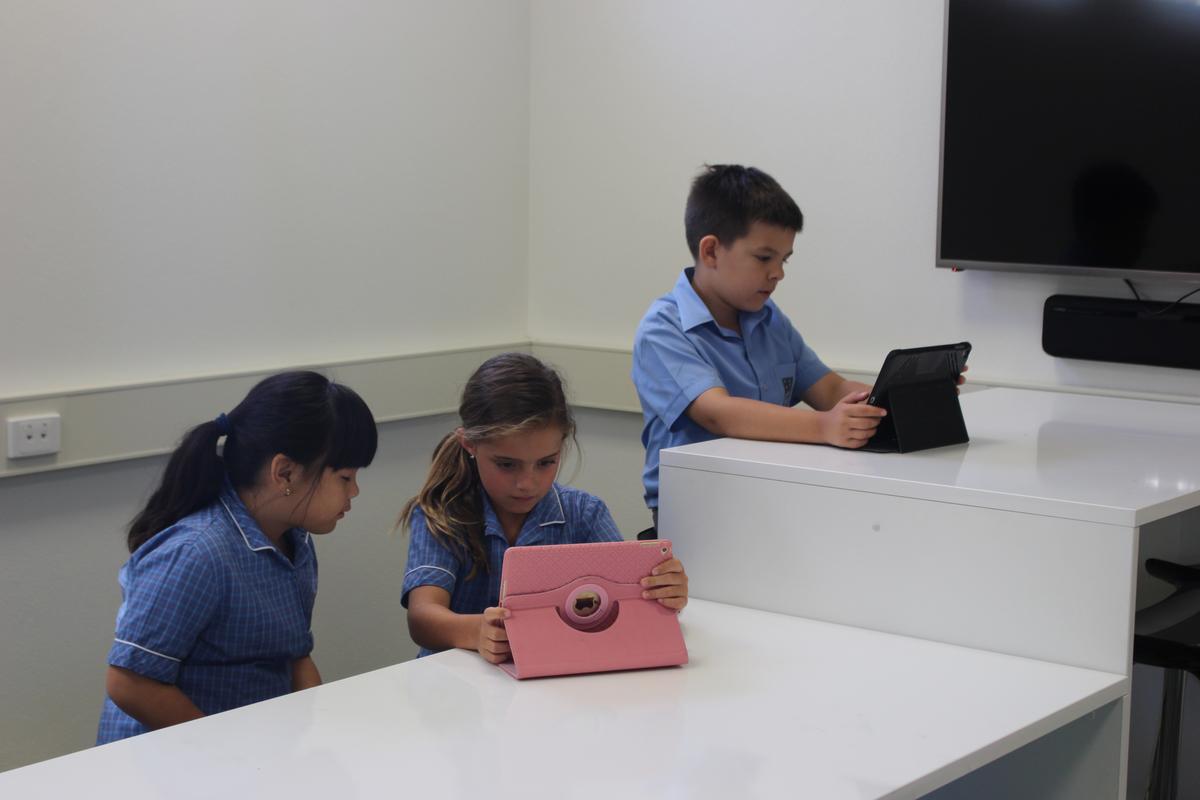Principal's Report

Dear Parents,
Courage is a much-admired characteristic. Nations reward it with medals both in times of war and peace. It is often seen in the situation of a person doing something under difficult circumstances such as the student in Tiananmen Square in 1989. This single unarmed man faced-off which tanks of the People’s Liberation Army sent in to quell student protests. He frustrated their attempts to manoeuvre around him by stepping in their way. Eventually, onlookers pulled him back into the crowd. He became world famous because of his breath-taking courage and his image is on millions of posters and T-shirts throughout the world.
Then, there is the story of a Zen priest who confronted his local warlord. When the villagers heard that the warlord was heading their way, they fled to the hills – except for one priest. When the warlord saw the priest standing there when all others had fled, he drew his sword and said, “Do you know who I am? I am he who can run you through and never bat an eye!” The Zen priest replied, “Do you know who I am? I am he who can be run through with your sword and never bat an eye!” No doubt, we all wish we had that kind of courageous assurance to face up to the threats and fears in our own lives.
The famous Greek writer of tragic plays, Euripides, who was born in about 480 B.C., made this statement about courage, “This is courage in a man: to bear unflinchingly what heaven sends.” That seems to be less challenging than the Zen priest’s words for it allows us to ponder our own life without the immediate threat of losing it. So, when might we need to display courage in our lives or encourage our children to do so in theirs?
Perhaps, when we are challenged:
- to truly take ownership of our life and live it fully; to push ourselves beyond the limits of what is comfortable and familiar;
- to keep connected to what inspires us in life; to pursue our dreams;
- to avoid social conformity; to be who we truly are, a fully authentic me;
- to deal positively with setbacks and failures; to persevere with determination;
- to be able to say “no” when we need to, even at the cost of personal discomfort.
As Christians, we have Jesus as our model of courage for he did all of the above. Jesus had the courage to be himself and to trust God in every circumstance of his life, even when he was rejected by the religious leaders who claimed to have the greater understanding of God. He stepped outside the bounds of his society’s expectation and went to help lepers, demon-possessed people, the lame and the blind. He called a tax collector to be an Apostle, he freely associated with women some of whom were prostitutes and social outcasts. Jesus had the courage to suffer for God’s values, the courage to die for God’s will, the courage to trust God to raise him from the dead.
As Christians, we are called to give courageous witness to Christian values in the way we live our personal lives, how we interact with other people, how we can move out of the “comfortable and familiar” and do some “Jesus things” in our own community.
Jesus,
help us to build courage that is capable of handling life’s situations.
May we be inspired by the courage you showed so constantly.
Amen.
Innovation & Technology Centre
Outlined in the Learning section of this week’s newsletter is an article by Miss Mitzi Phoebe (Innovation & Technology Teacher) regarding the Innovation & Technology Centre and how it will be utilised with our students, staff and hopefully parents!
We are all really excited to have this wonderful facility, as I am sure it will enhance the learning prospects for our students as well as provide them necessary tools, and space for collaborative and project based learning programs. No contemporary classroom or piece of technology is ever going to replace QUALITY teaching. This is always our highest priority at our school and what we are motivated to provide our students.
It is the Boards vision for these opportunities to flow into the classrooms. Over the next few years we are planning to convert our classrooms into more contemporary learning spaces, through the addition of various resources and furniture.
Our children a very fortunate to have wonderful learning spaces and resources. I am sure parents recognise this fact and appreciate what has been provided for the students at Infant Jesus School. It is exciting times for all our students and I really look forward to our students gaining and applying knowledge, deepen their understanding and developing creative and critical thinking skills within the STEM context, which may include enhanced opportunities for inquiry and project-based learning. (#ExpectGreatThings)
From my Readings this Week
As we progress through the first term of the year and students settle in to their new classes, sometimes there can be moments of conflict or tension that may be experienced by students. These difficulties can come from any number of different sources such as peer conflicts, classroom and school expectations or learning difficulties.
As children experience these conflicts, there will often be times when they come home from school with issues or complaints and will naturally call upon parents for advice and guidance. As parents, the approach that you take can have a huge impact on your child’s ability to cope with frustrations and grievances and indeed their resilience to deal with disappointments or difficulties in the future. It can also impact on their future relationships with their teachers and peer group.
Michael Grose (www.parentingideas.com.au) suggests six points for parents to think about when dealing with children’s concerns. He recommends these steps to help parents remain focused and effective in dealing with difficulties:
1. Stay calm and rational
It’s natural as a parent to protect, or defend your children, particularly when you think they’ve come in for some unfair or poor treatment. But acting when you are full of emotion is not always smart. Rather than getting on the phone straight away to organise a meeting at school, take your time to think through how you might assist your child.
2. Get all the facts
Once you’ve calmed down, get the facts about the situation. Kids are faulty observers and often only see one side of a story when there’s a problem with a teacher or a fellow student. They sometimes can’t see that perhaps they may have contributed inadvertently to a dispute at school, or perhaps said something that may have upset a teacher. It is the job of parents to help kids process what happens in an incident, so that all the facts emerge and they understand their place in any problem. Ask good questions to help the full story emerge.
3. Assess whether to go to the school or not
Kids, like adults, like to vent and will benefit from having told their side of a story to a trusted source. Often problems can be dealt with at home, simply by talking through an issue and giving kids some common sense tips to help them cope. If your child has a recurring problem that they can’t solve themselves, or you think adult intervention may be needed to sort out a relationship issue with a teacher or peer, then consider meeting with your child’s teacher.
4. Go through the right channels
Approach the school calmly, going through the school office to make a time to see the teacher. If you have already established a relationship with the teacher concerned, then it’s often easier to approach them directly.
5. Look for solutions rather than blame
State the problem as you see it and view your child’s teacher as an ally, not a foe. “I’m really worried about Jeremy. He’s been acting strangely lately and I need some help” is the type of approach that will elicit a helpful response. Talk about your concerns and keep the discussion focused firmly on what is best for your child. Listen to your teacher’s viewpoint, valuing a different perspective.
6. Stay in touch
Be realistic with your expectations, remembering that some problems can’t be solved to your satisfaction, nor will they be resolved straight away. Be pr




